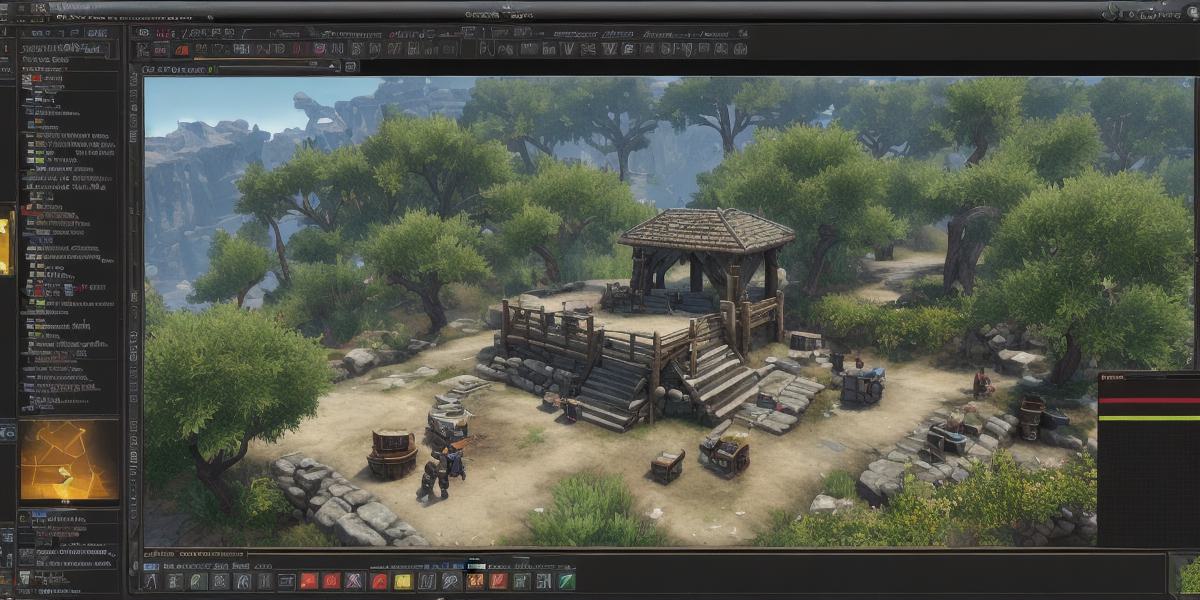A successful game development project requires careful planning, execution, and evaluation. One of the most critical stages in this process is conducting a postmortem analysis to identify areas for improvement and avoid making the same mistakes again in the future. In this article, we will explore how to conduct a successful postmortem for your game development project.
Step 1: Define the Purpose of the Postmortem
Before you begin the postmortem process, it’s crucial to define its purpose clearly. What do you hope to achieve through this analysis? Are there specific areas that you want to focus on, such as project management, game design, or marketing? By setting clear objectives for your postmortem, you can ensure that you get the most value out of the exercise.
Step 2: Identify Key Stakeholders
Once you have defined the purpose of the postmortem, identify key stakeholders who can provide valuable insights into the project’s strengths and weaknesses. This may include team members, clients, users, or external experts. The more perspectives you have, the more comprehensive your analysis will be.
Step 3: Collect Data and Information
To conduct an effective postmortem, you need to collect relevant data and information that can help you identify areas for improvement. This may include project timelines, budgets, user feedback, sales figures, and performance metrics. The more data you have, the more accurate your analysis will be.

Step 4: Analyze the Data
Once you have collected the data, it’s time to analyze it using various tools and techniques. This may include creating flowcharts or Gantt charts to visualize project timelines, conducting surveys or focus groups to gather user feedback, or analyzing sales figures to identify trends and patterns. By using these tools and techniques, you can gain valuable insights into the strengths and weaknesses of your game development project.
Step 5: Identify Lessons Learned
Using the data and information you have collected, identify key lessons learned from your game development project. This may include identifying areas where you could improve project management processes, enhancing user feedback mechanisms, or refining marketing strategies. By identifying these lessons, you can avoid making the same mistakes in future projects.
Step 6: Implement Changes and Improvements
Finally, it’s time to implement changes and improvements based on your postmortem analysis. This may include revising project management processes, updating user feedback mechanisms, or refining marketing strategies. By taking action on the lessons learned, you can improve your game development project’s chances of success in the future.
Conclusion
In conclusion, conducting a successful postmortem analysis is essential to improving game development projects and ensuring that they meet their objectives. By following these six steps, you can gather valuable insights into the strengths and weaknesses of your project and make necessary changes to improve its chances of success in the future.




